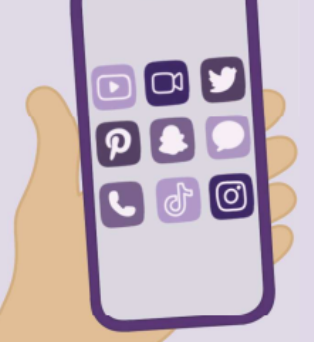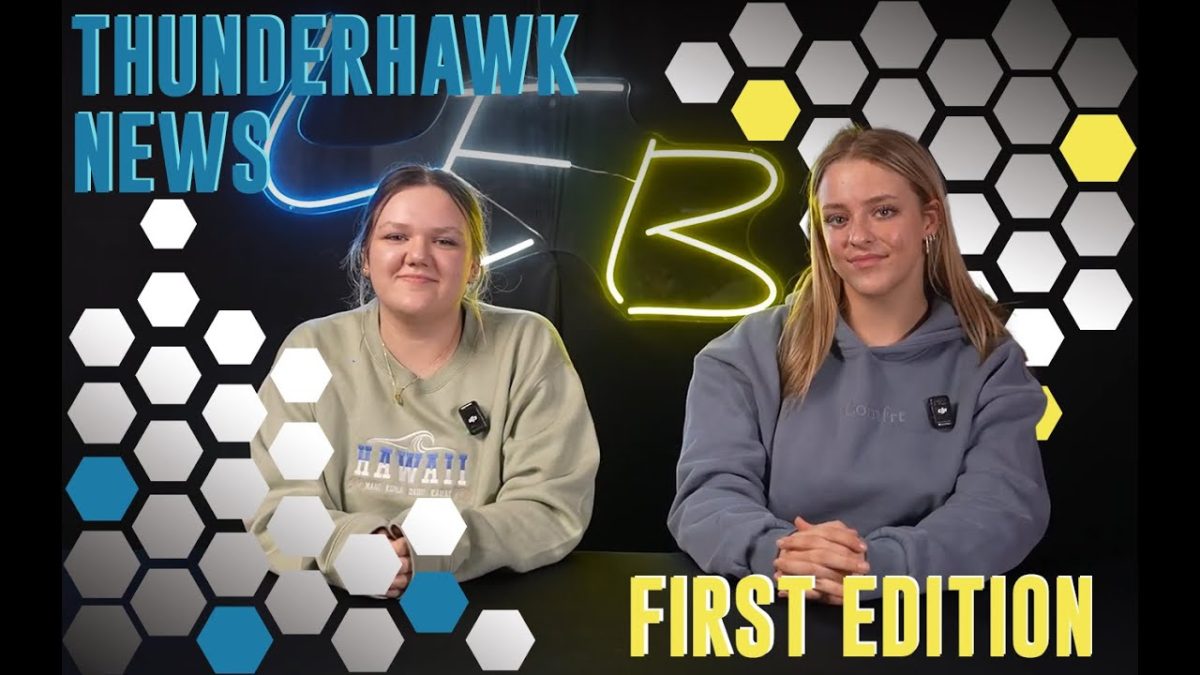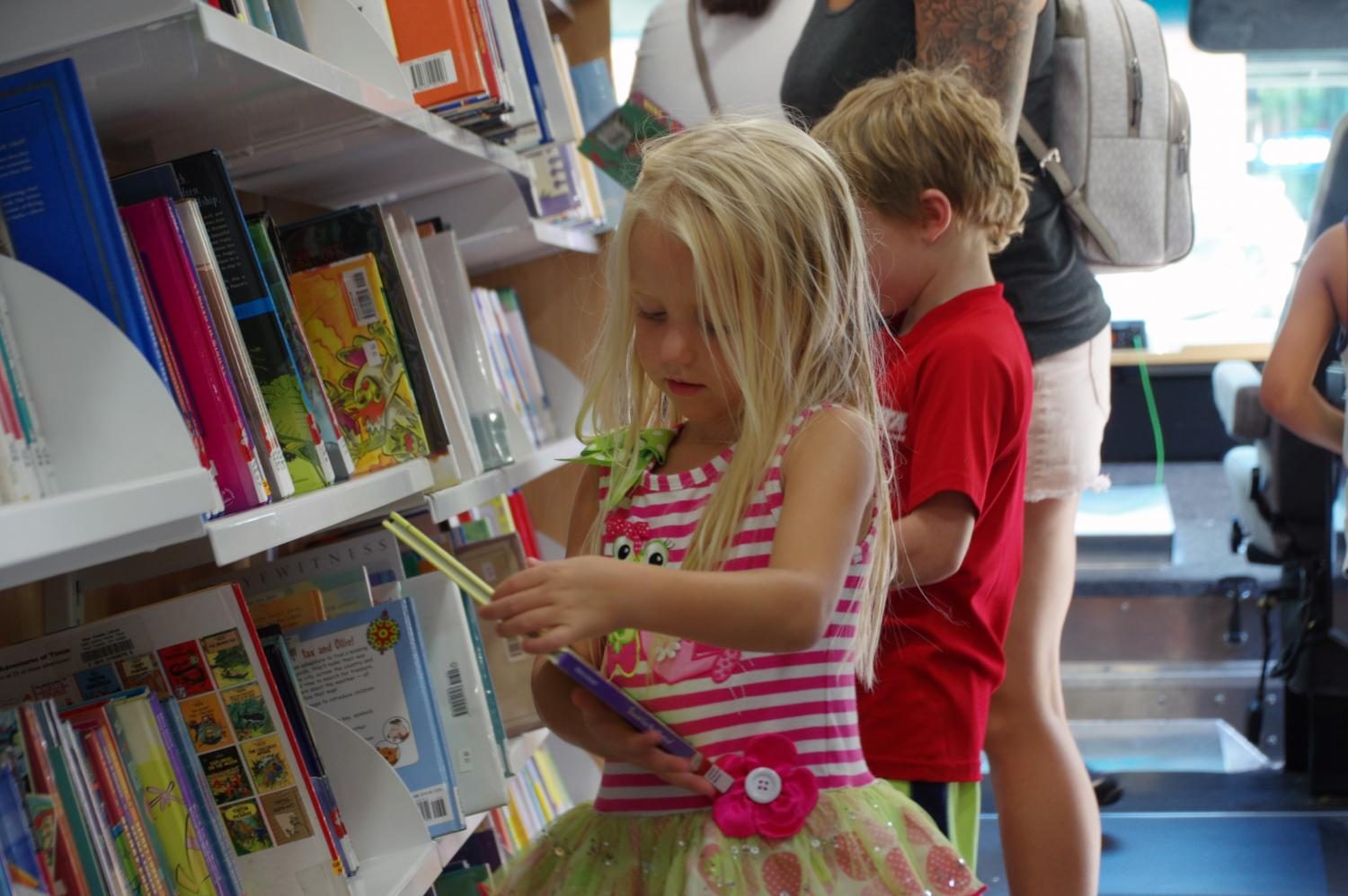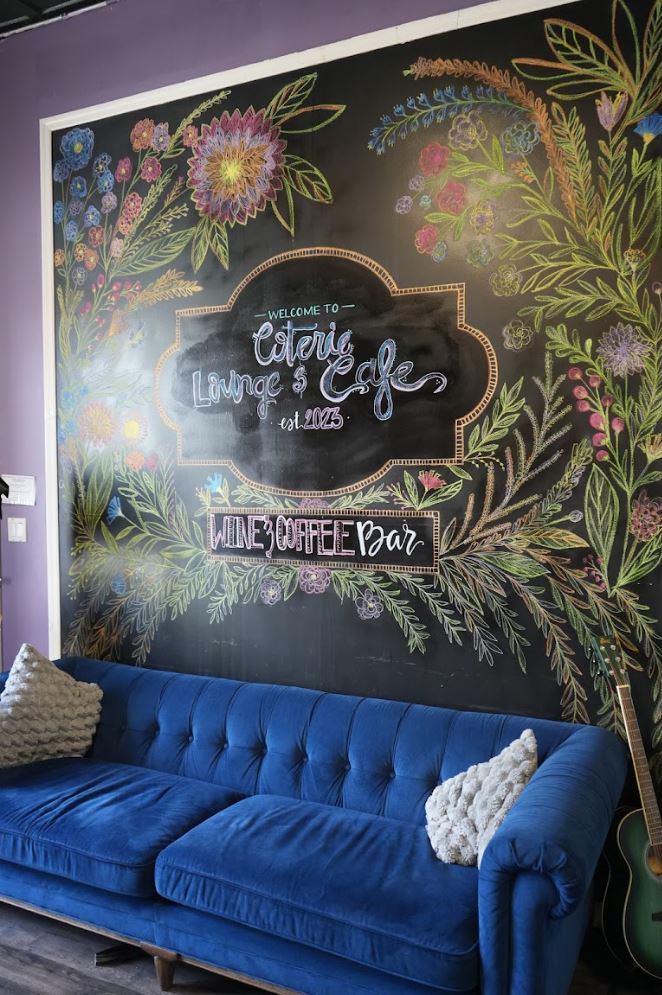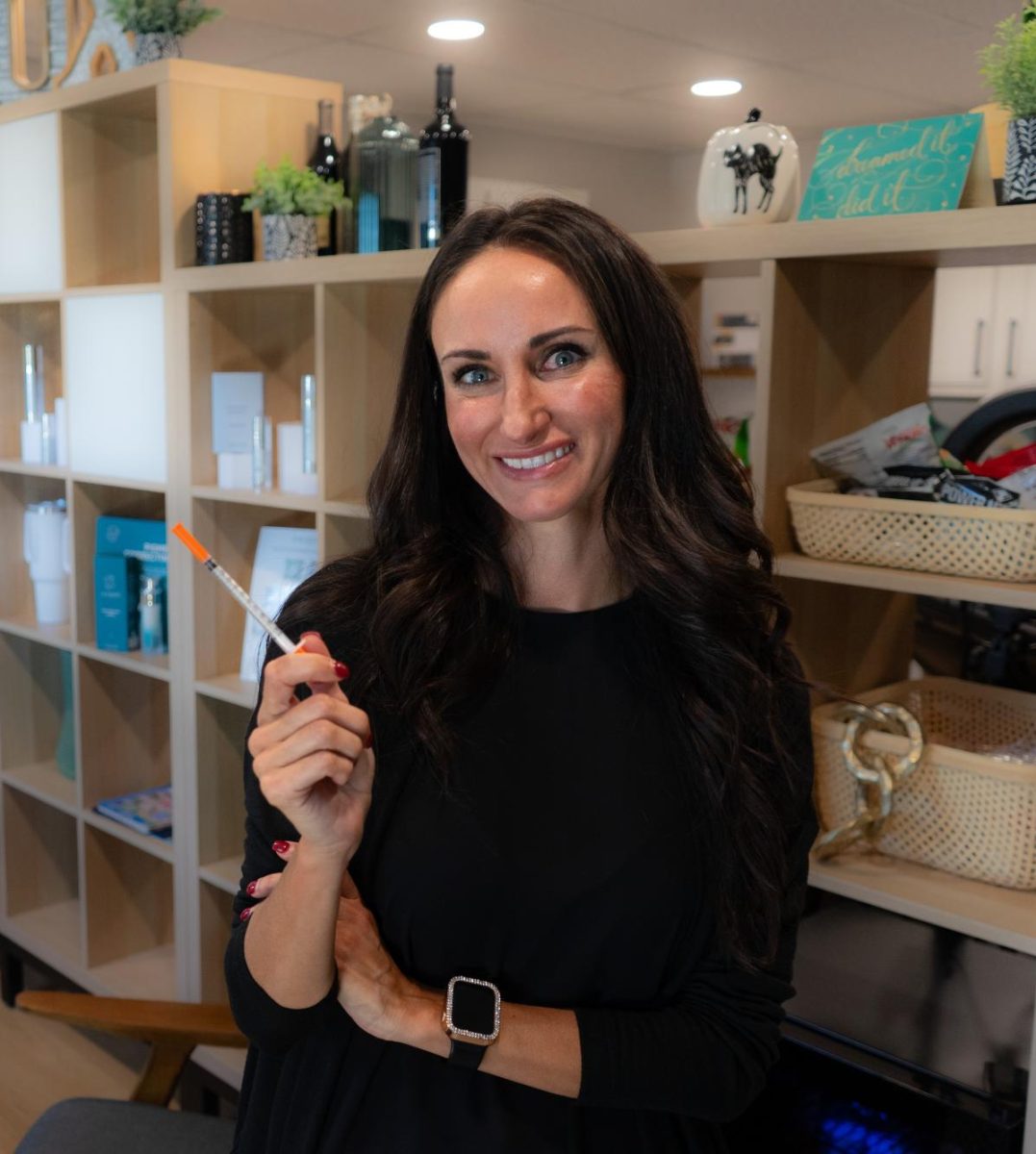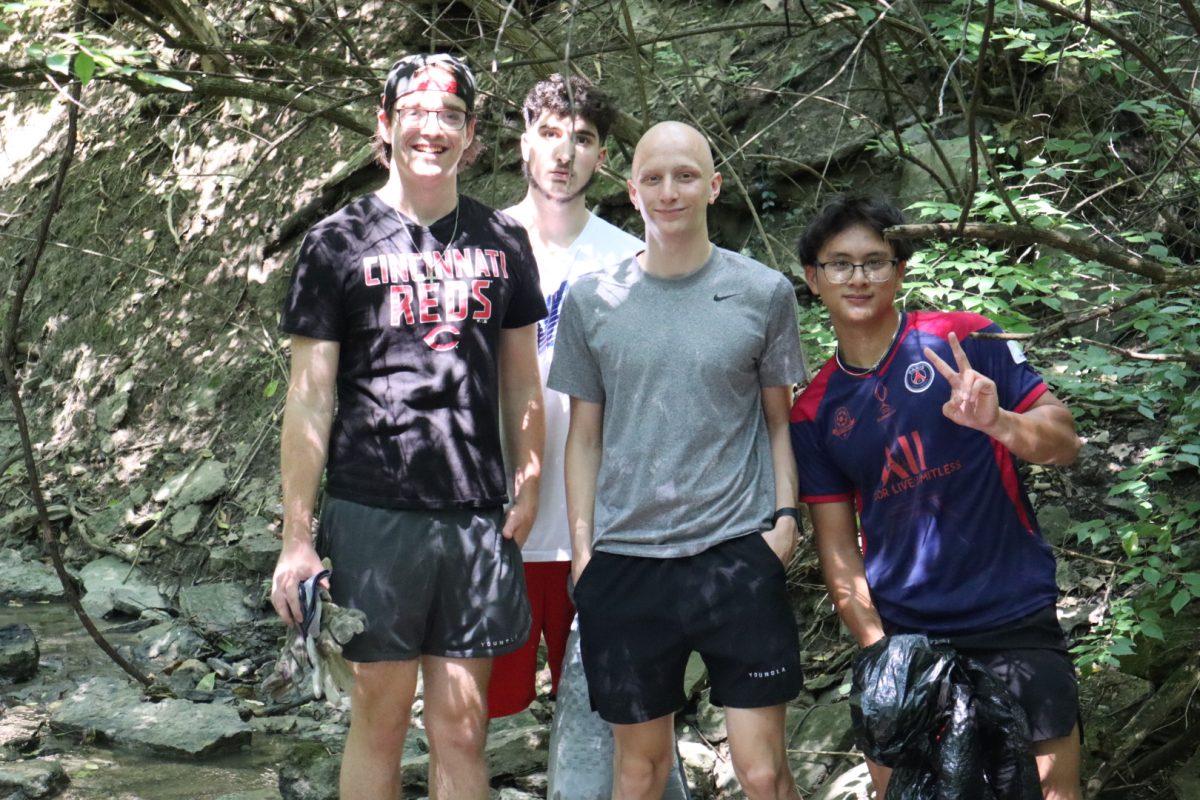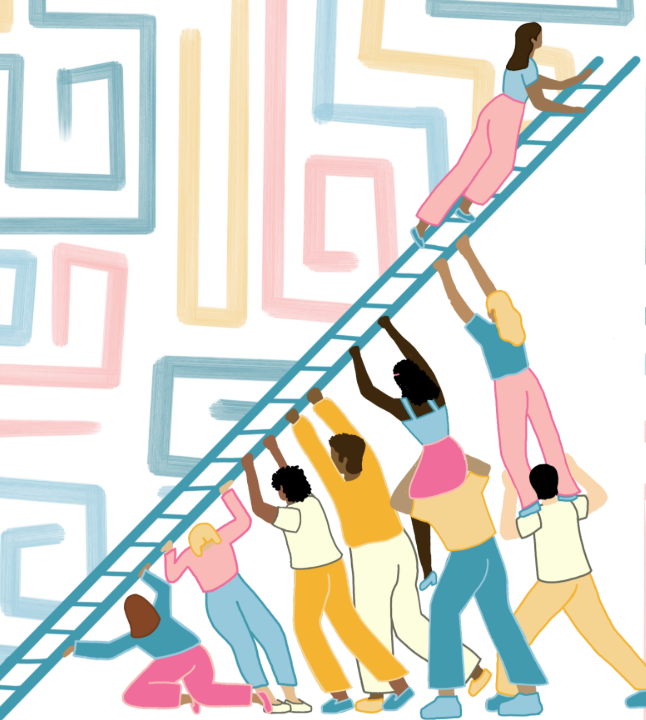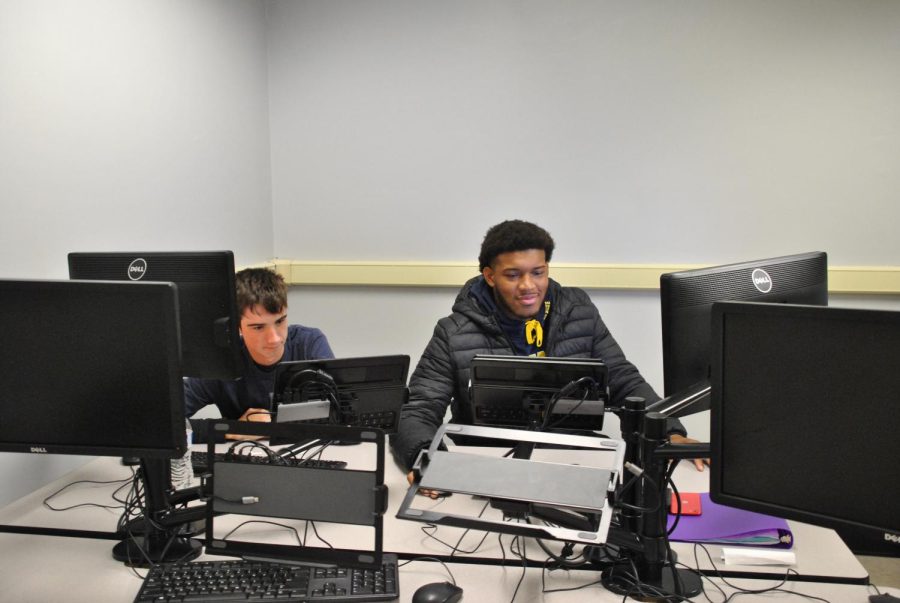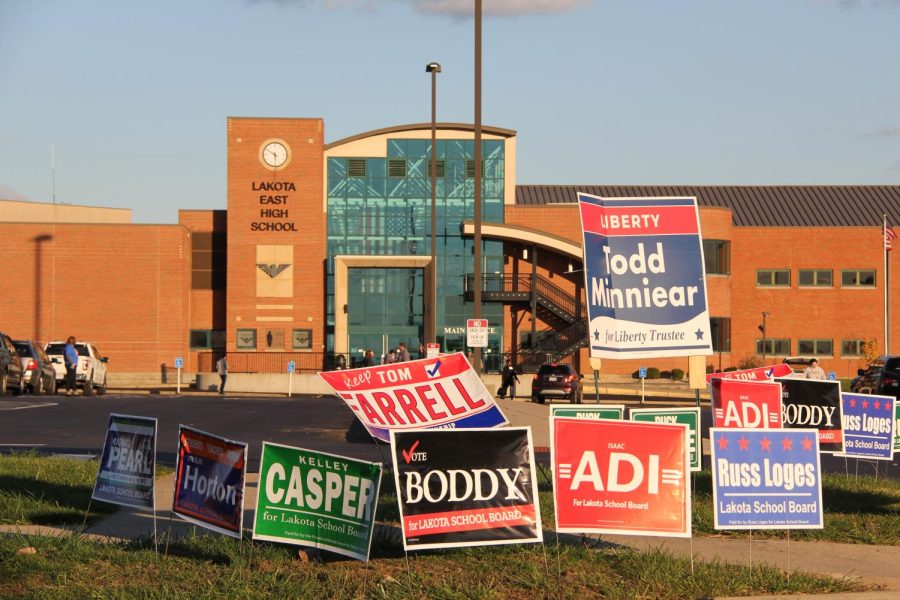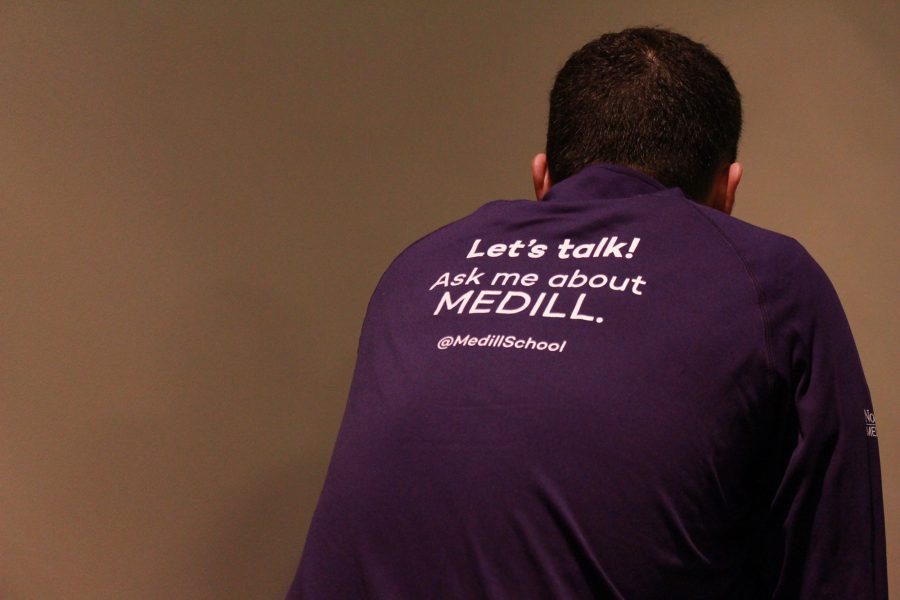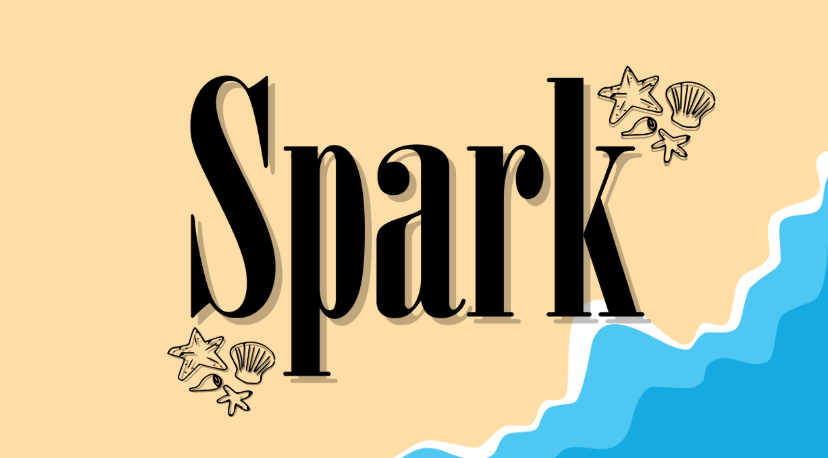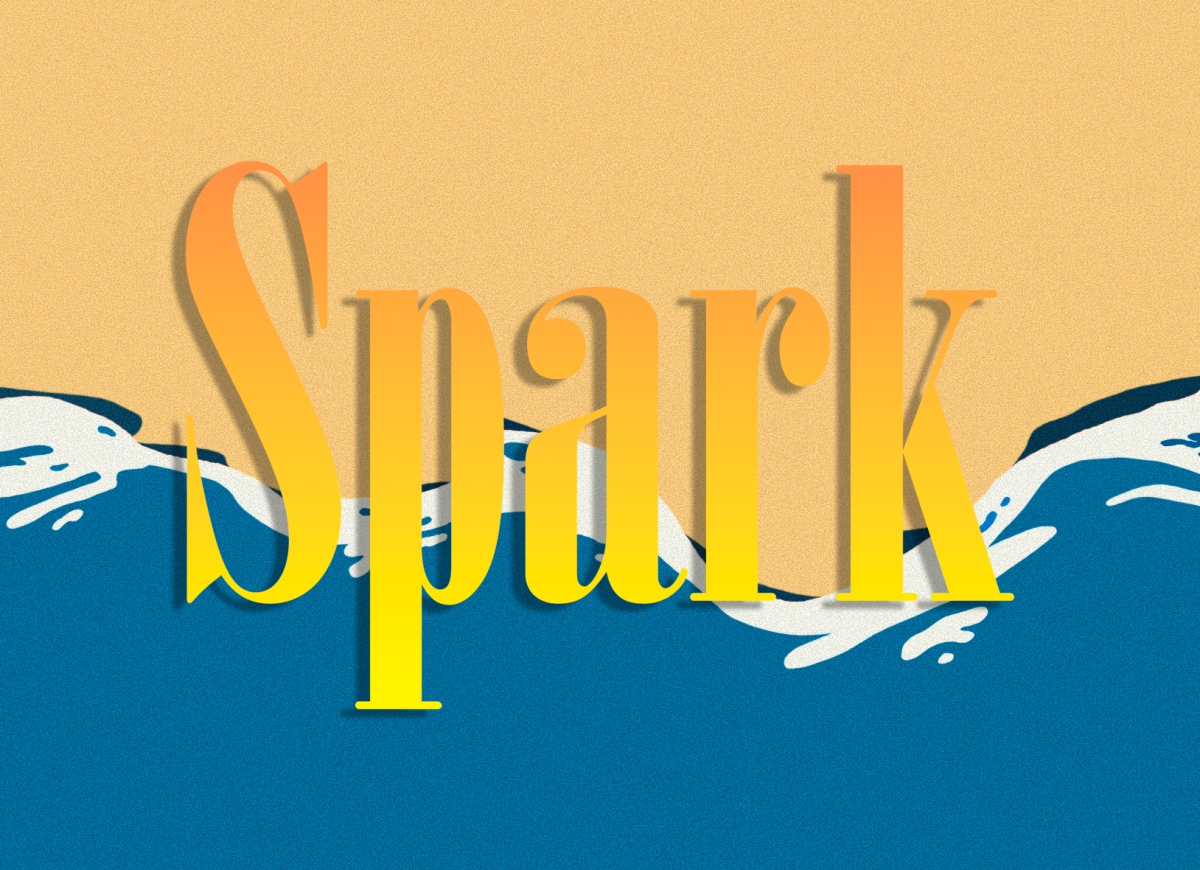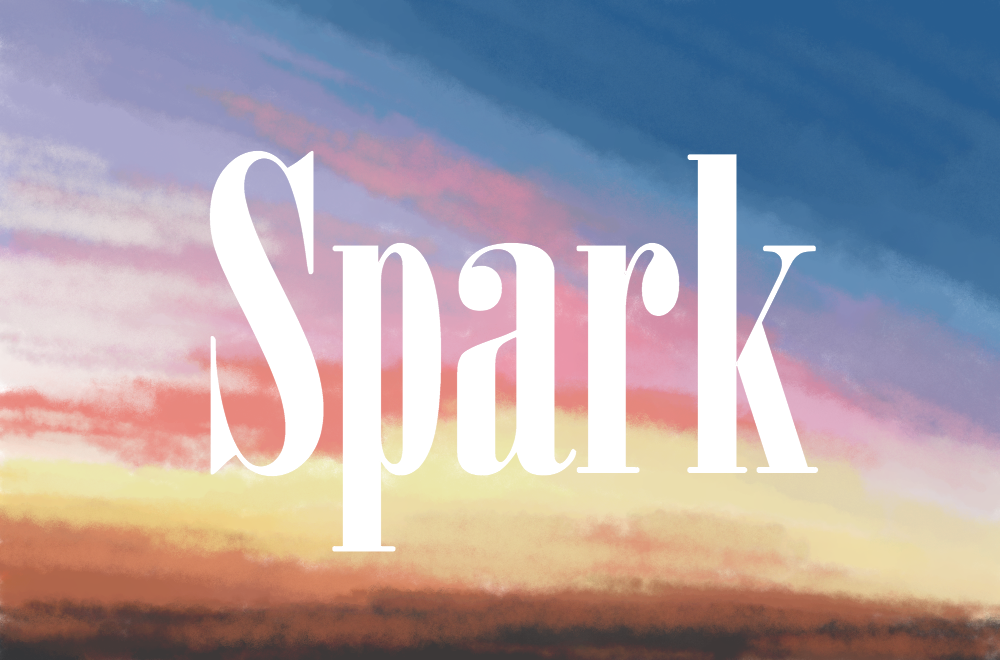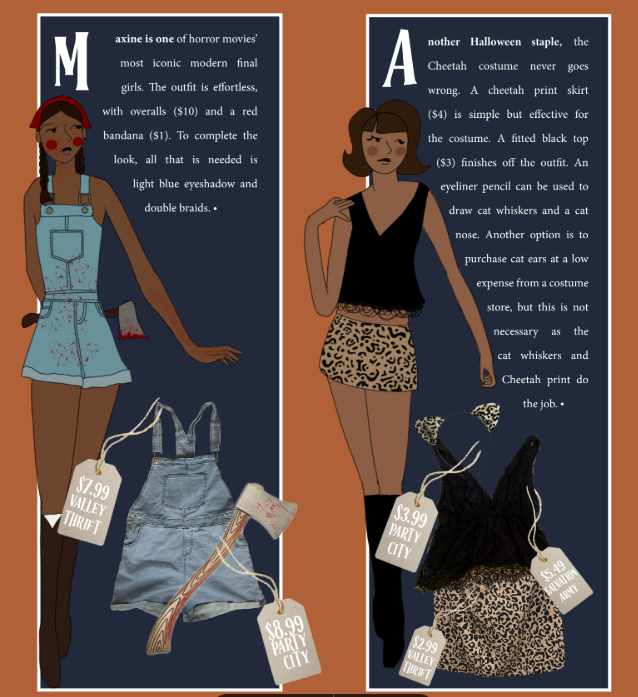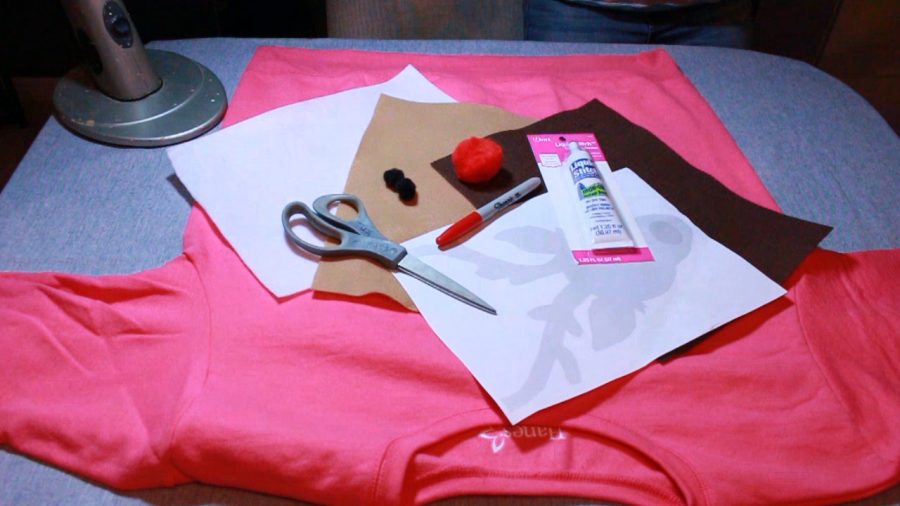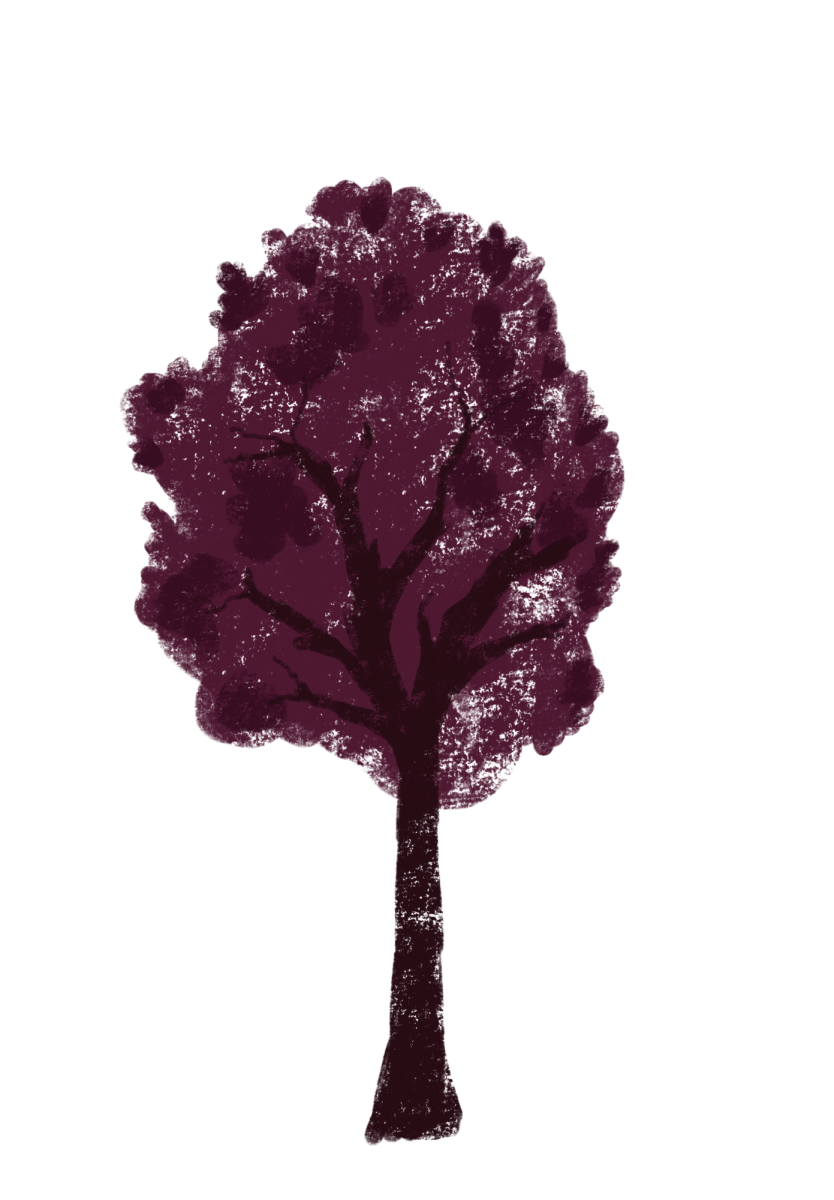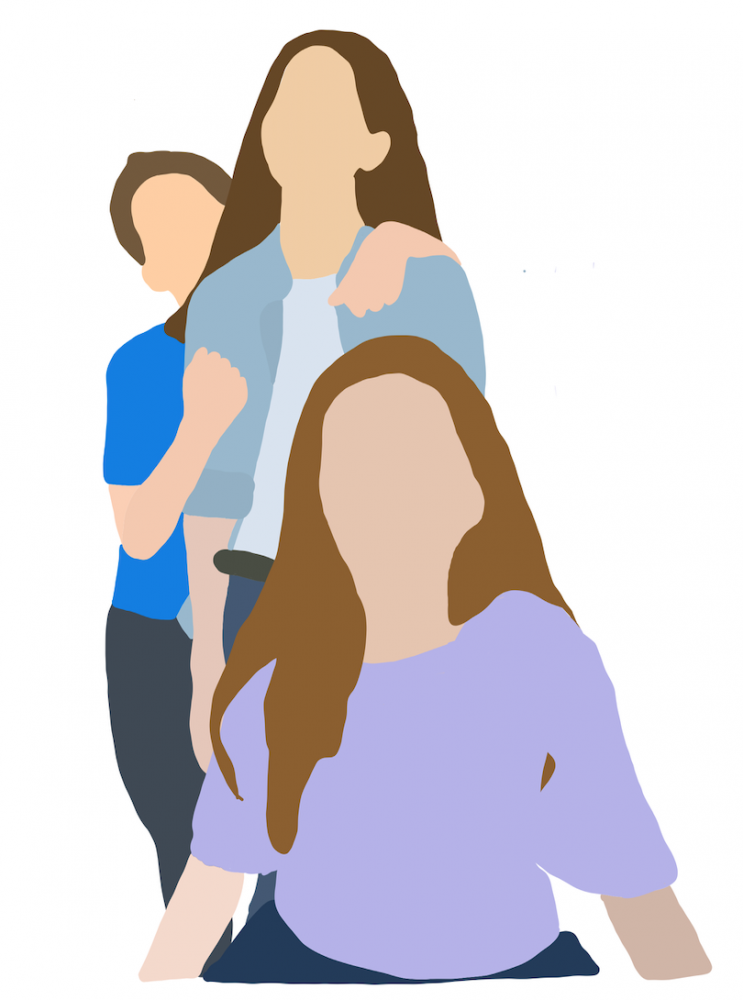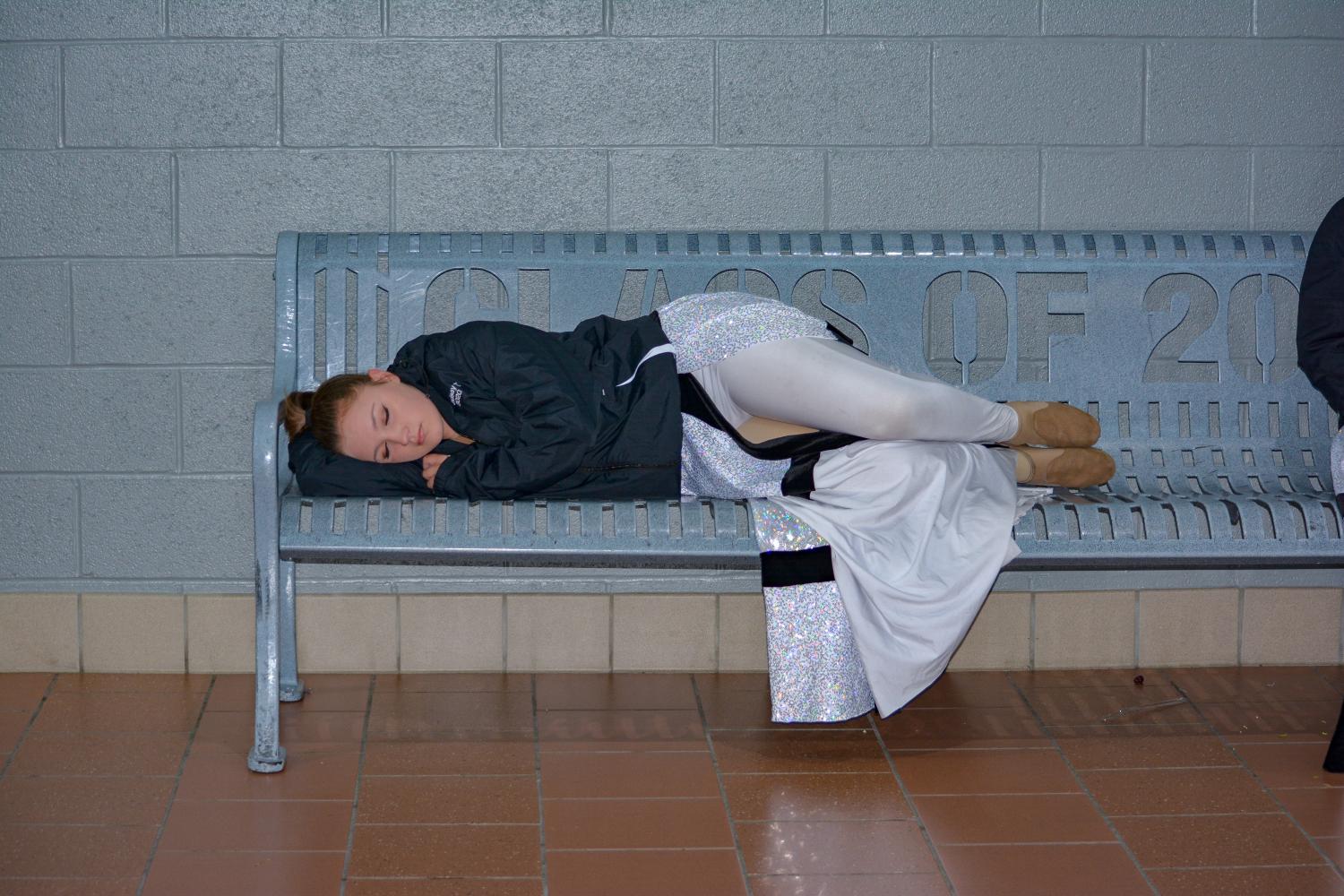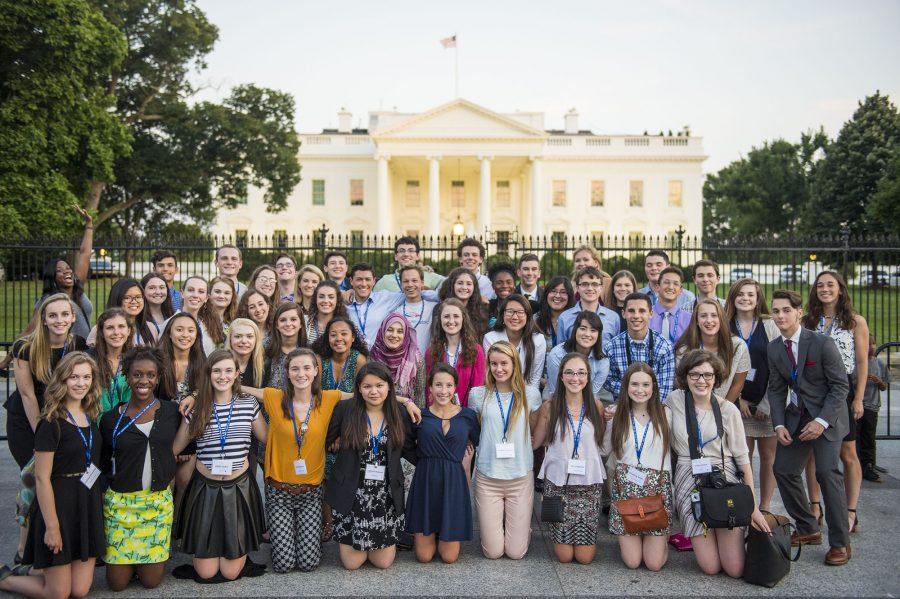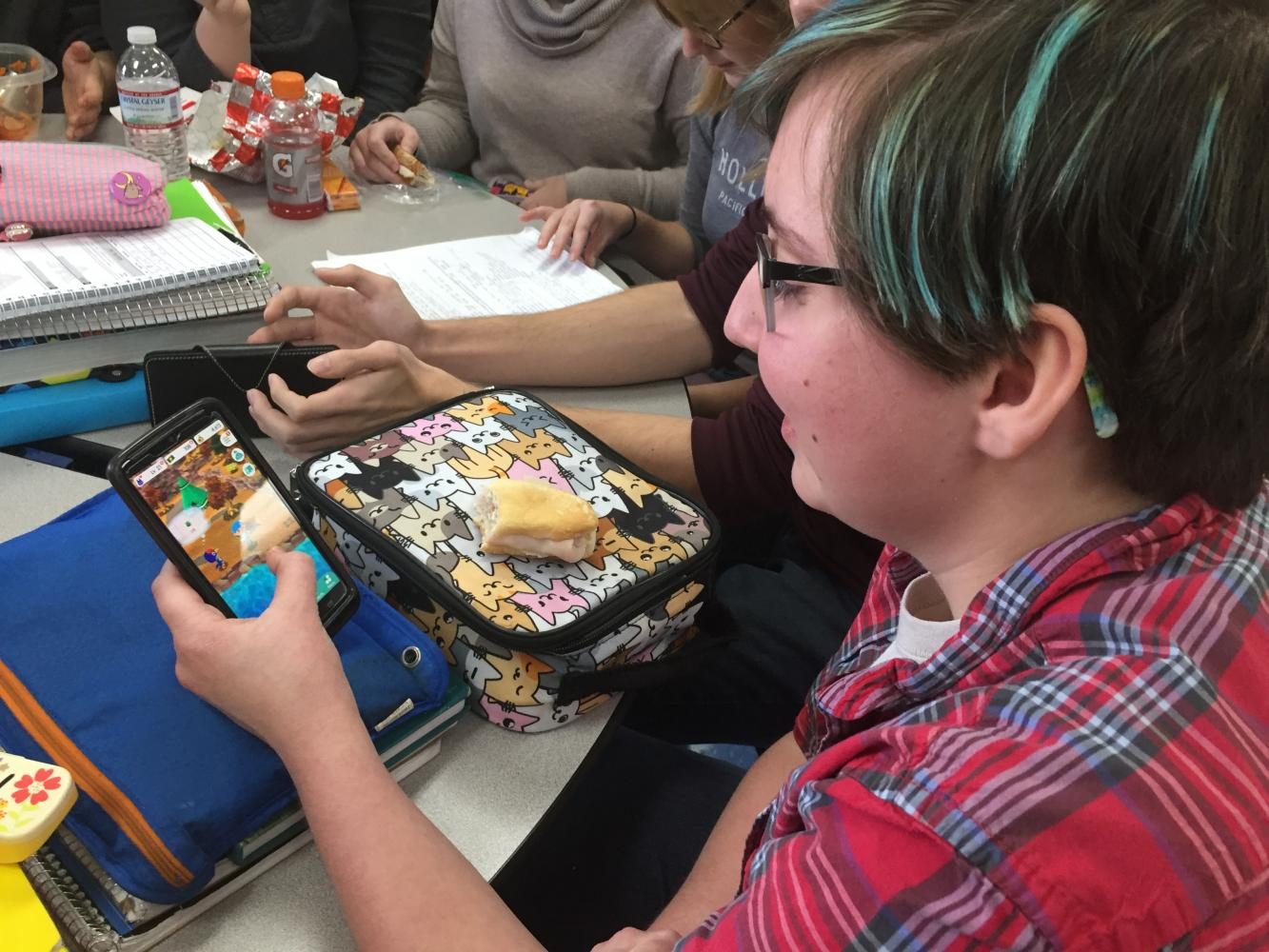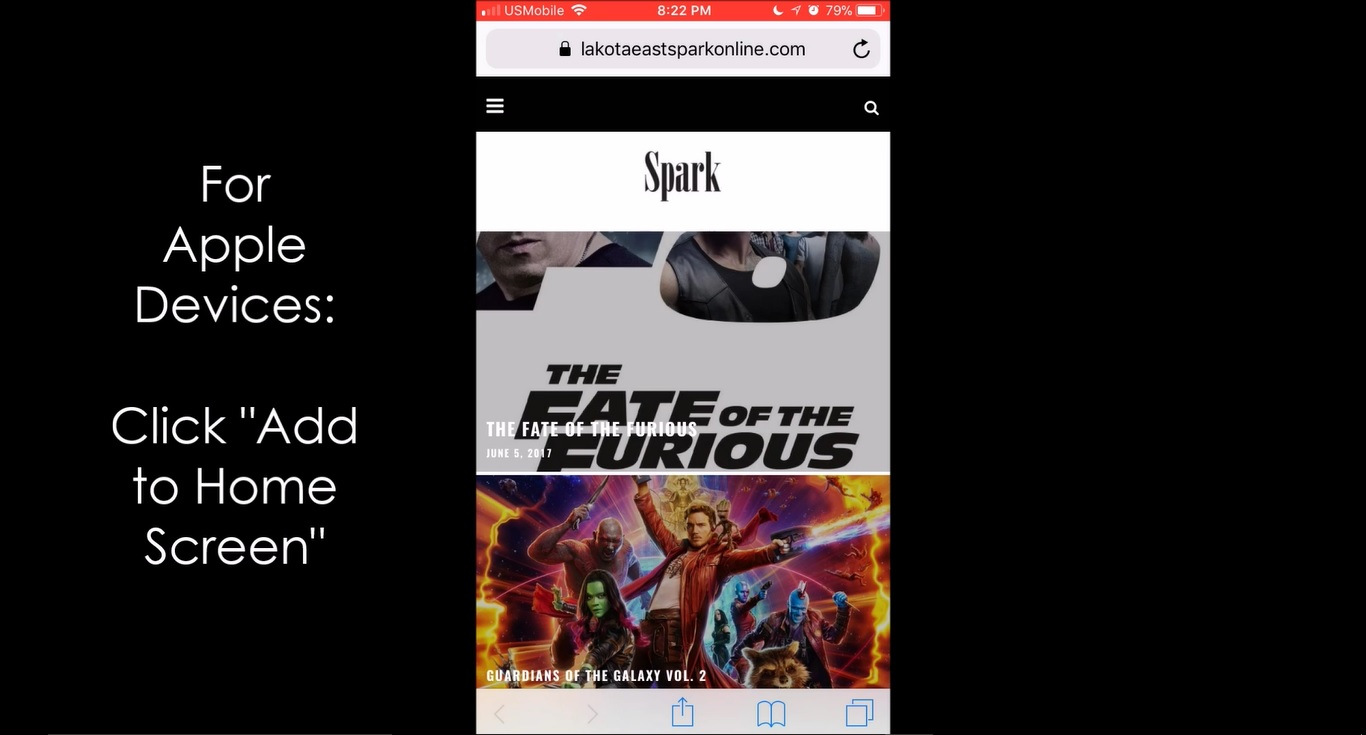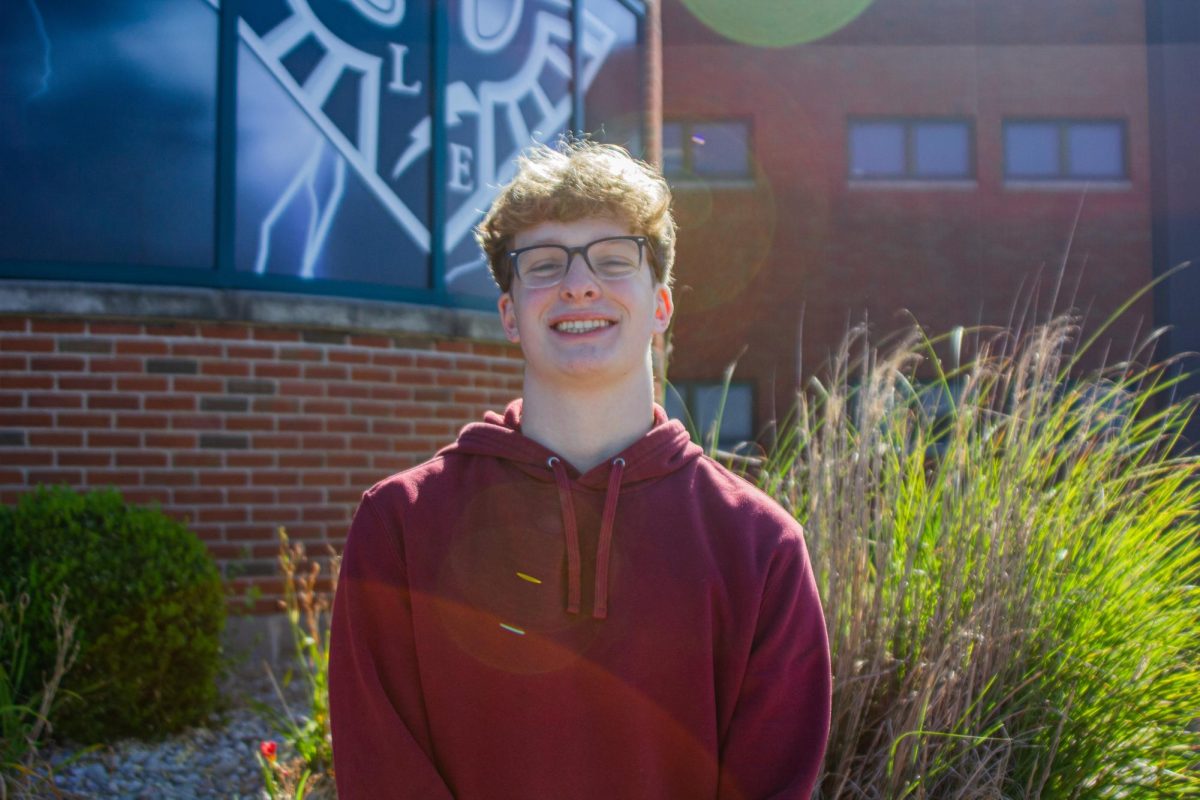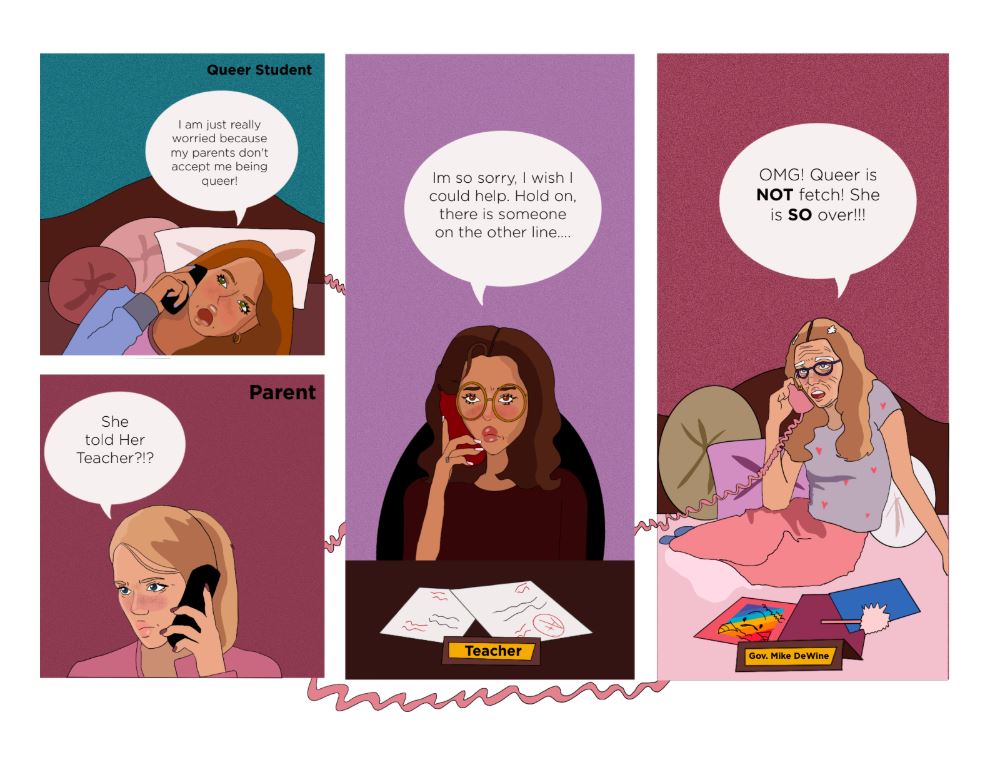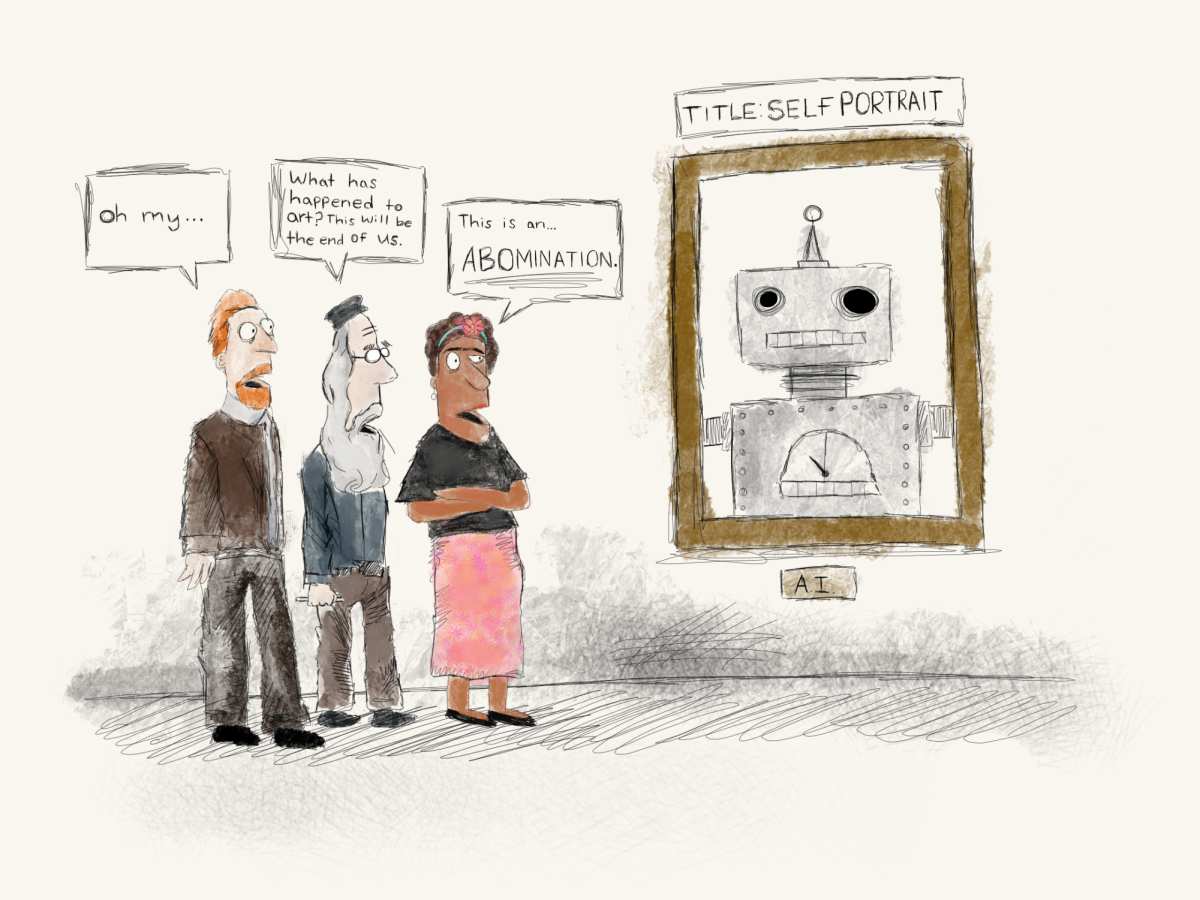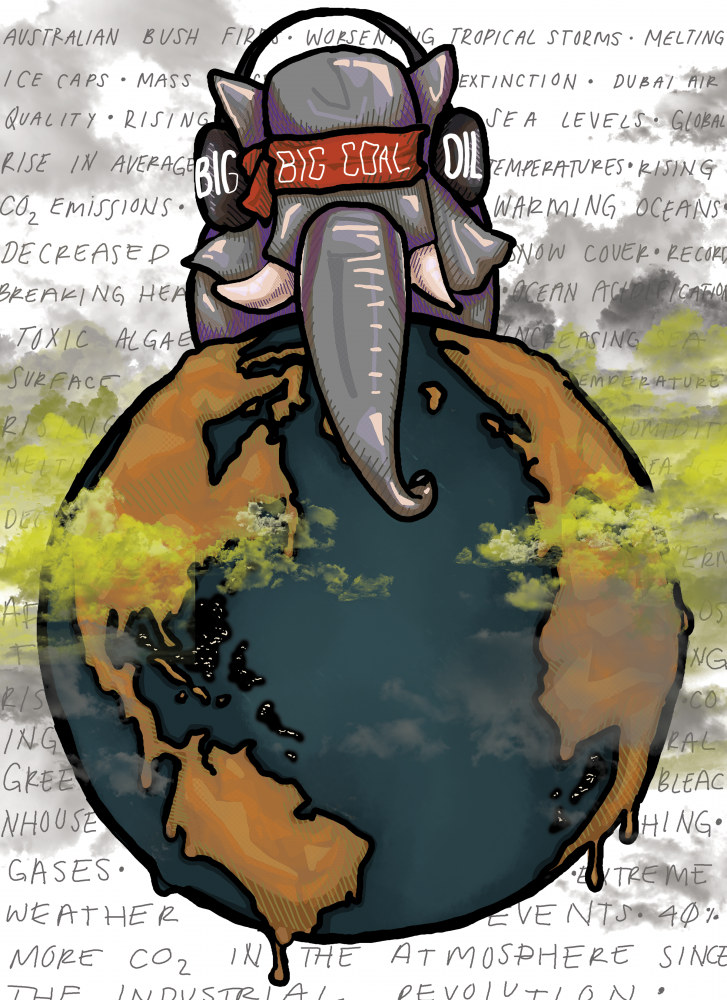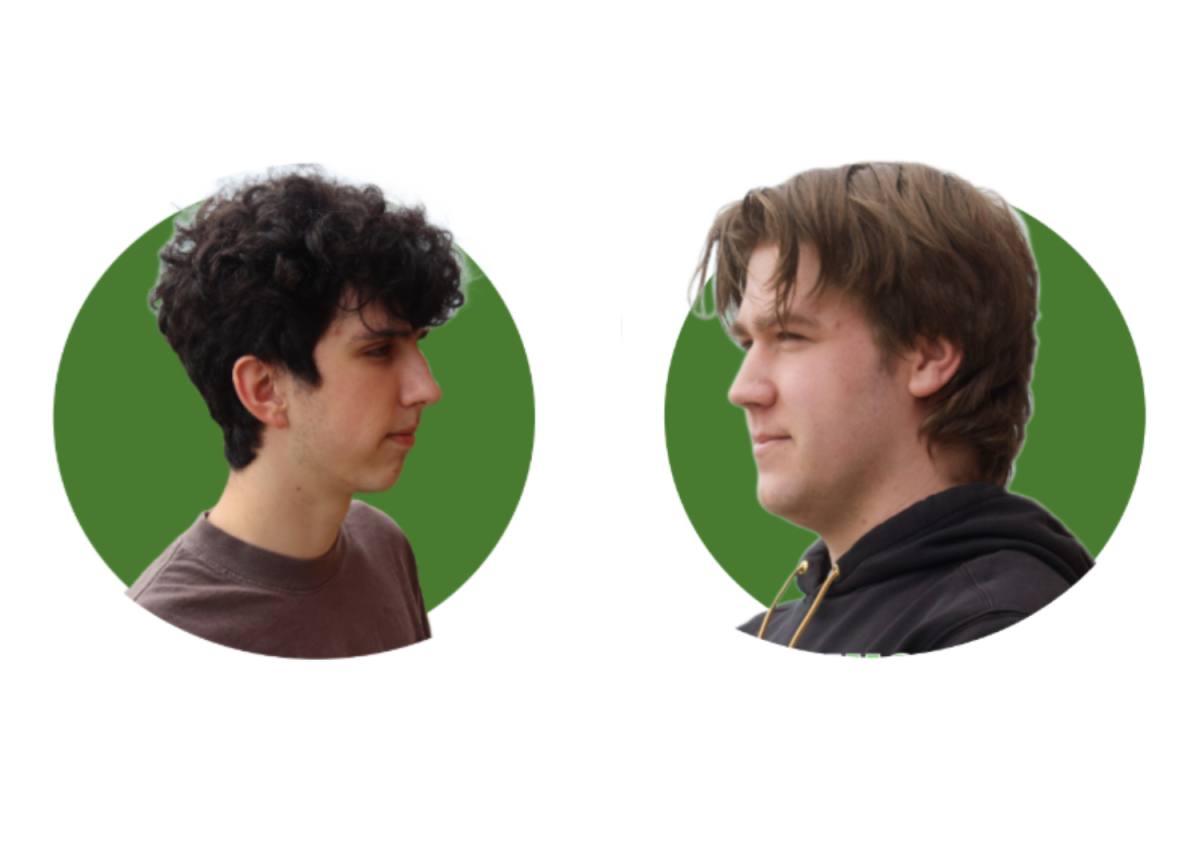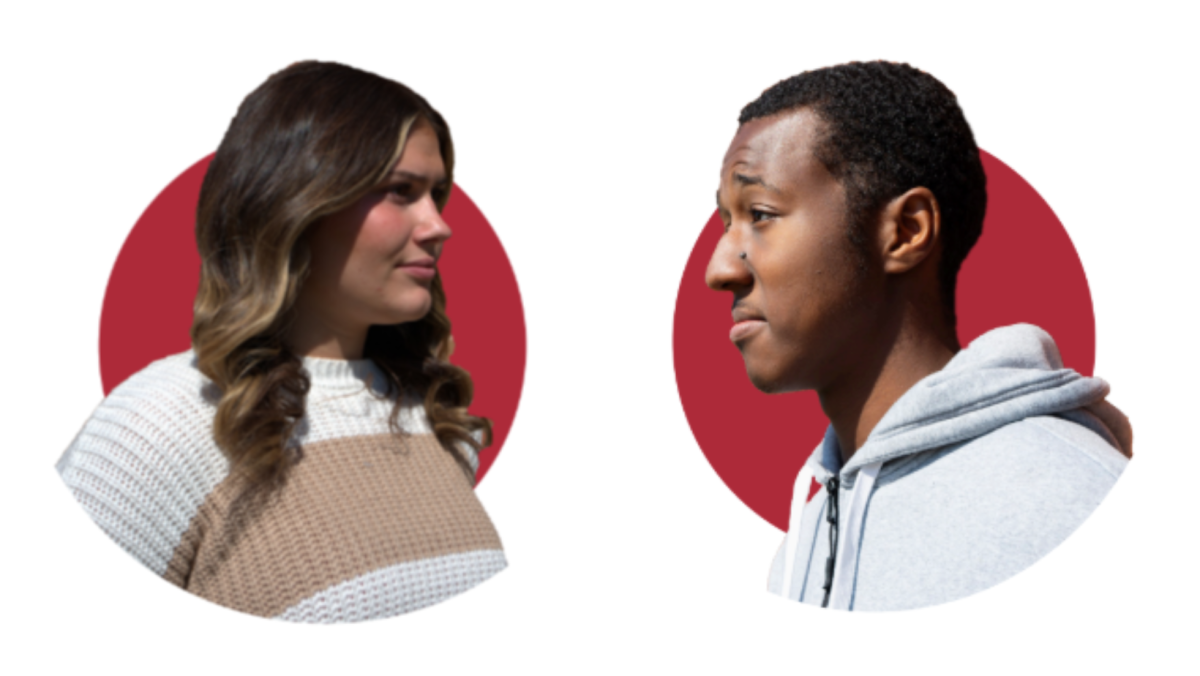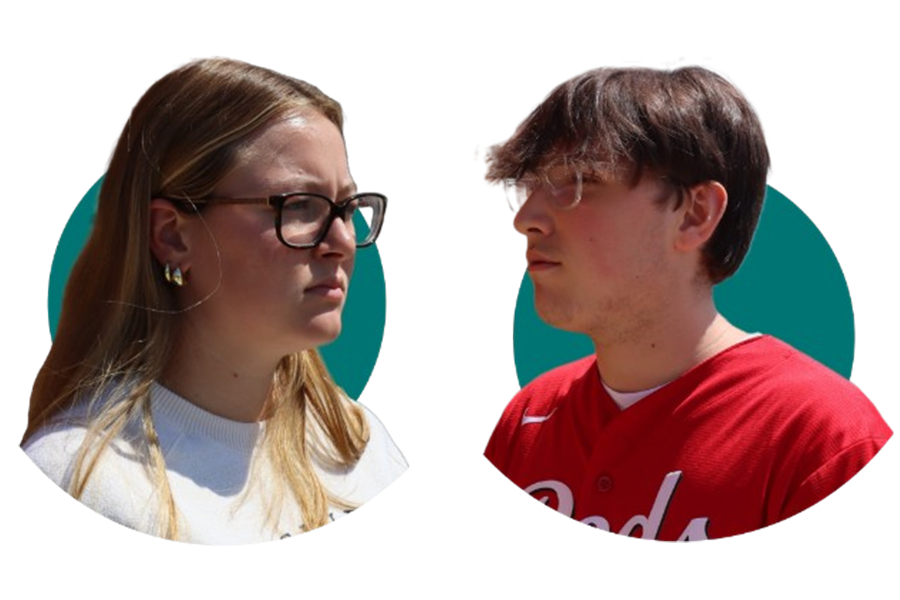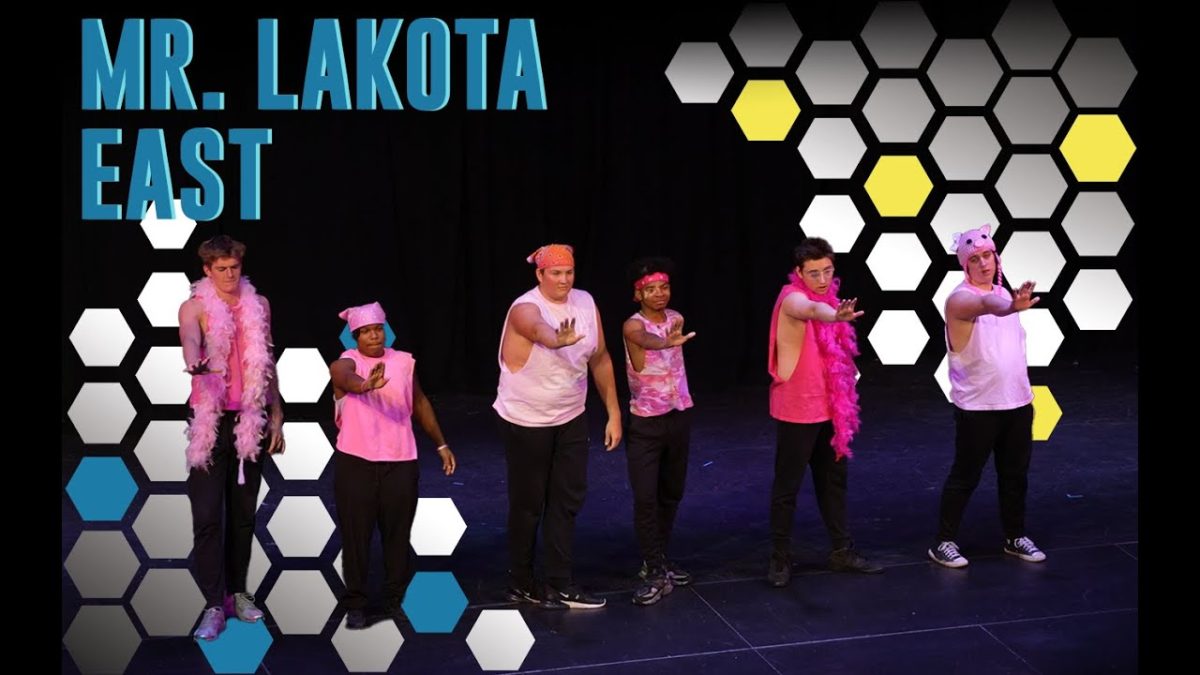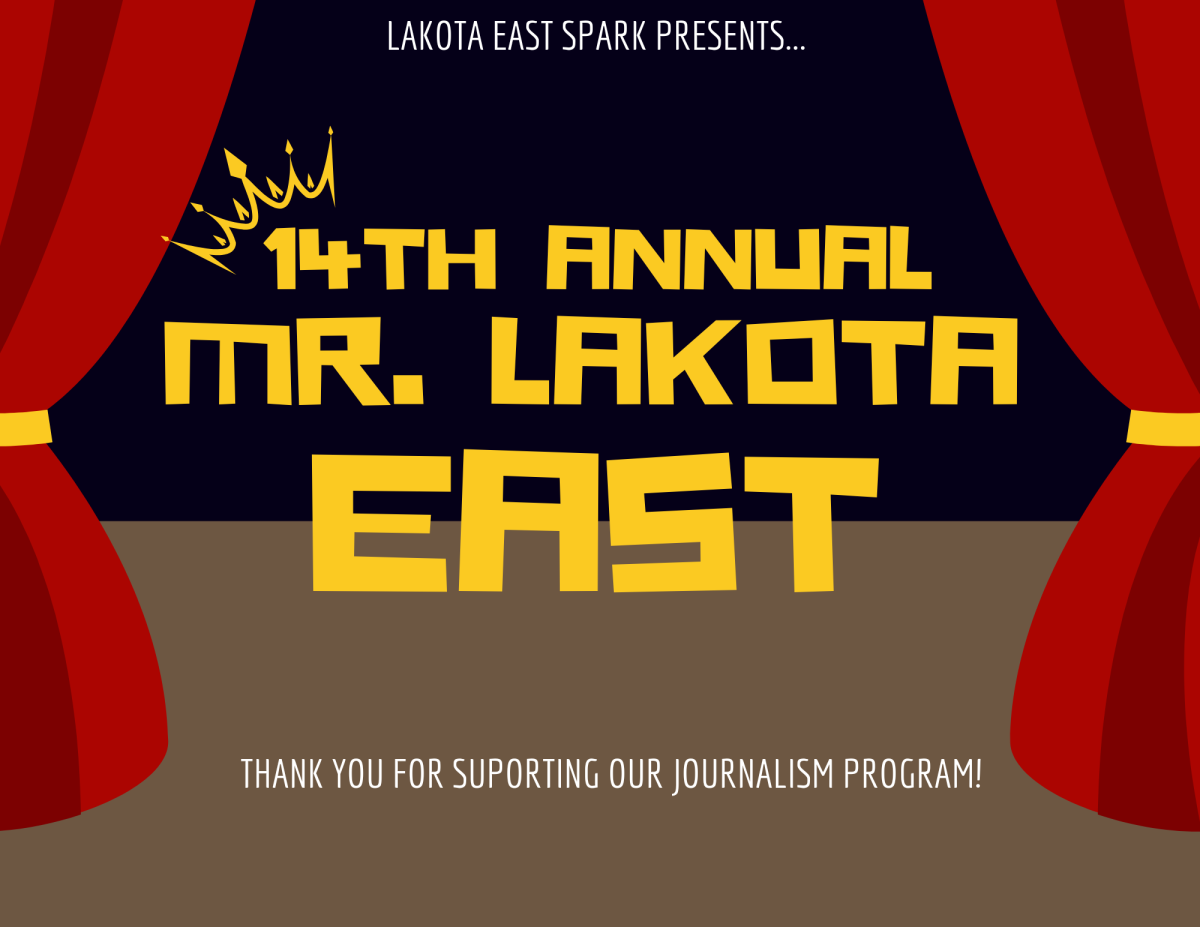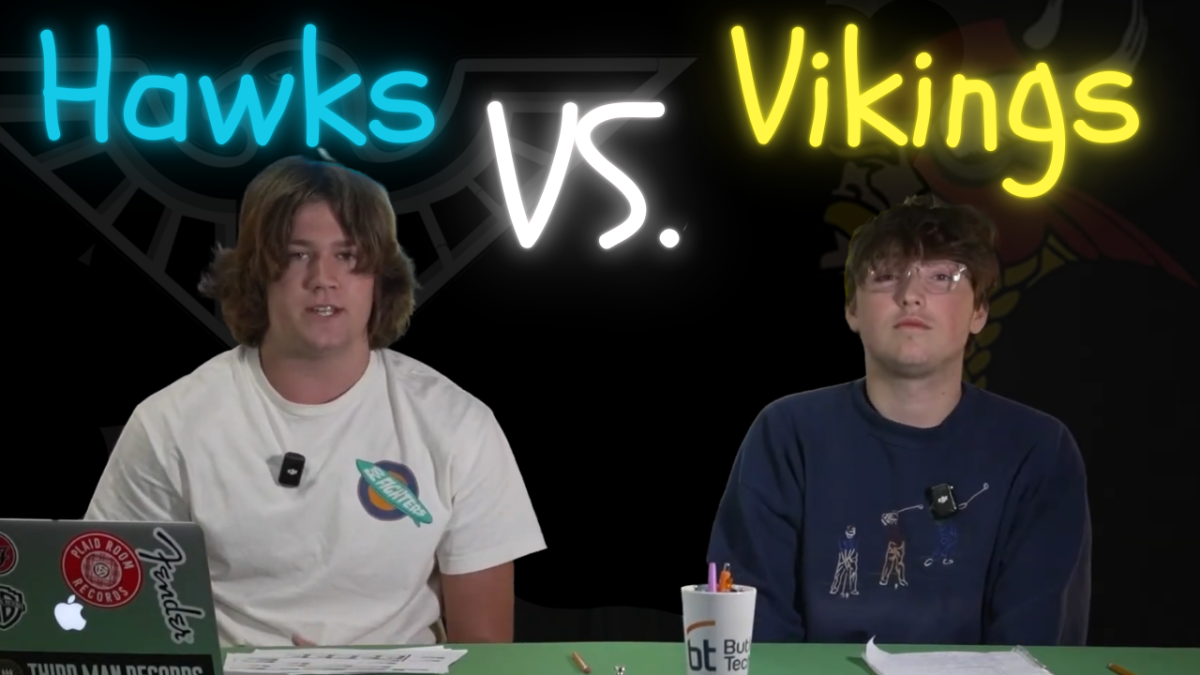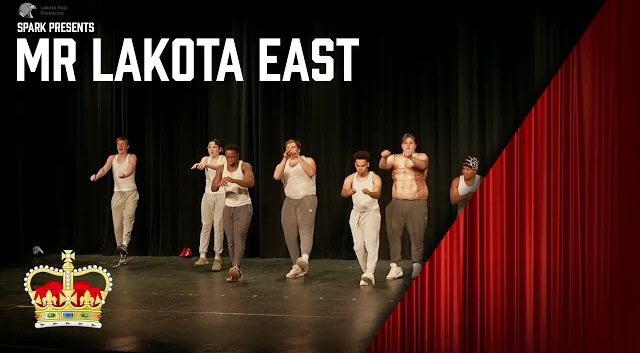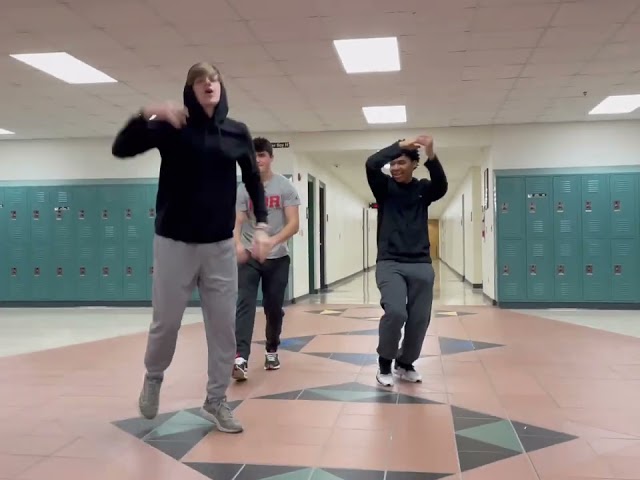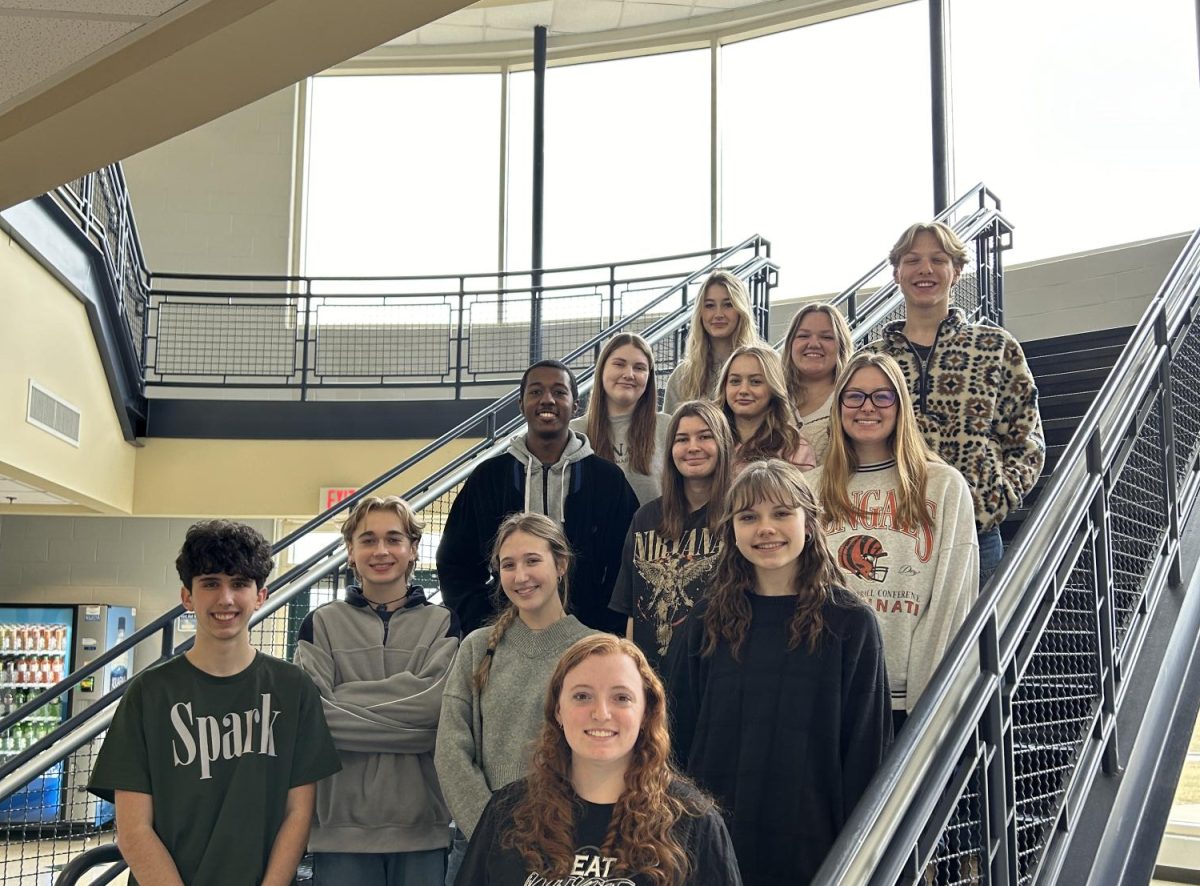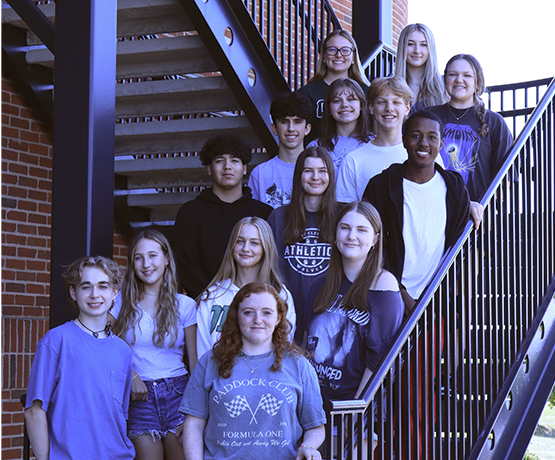Due to the recent events of the TikTok ban in the U.S., news groups and organizations everywhere are covering how the company’s users will be affected by a “new version” of the app. However, what people are not talking about is the overall harm this media has had on the youth of America since its startup in September of 2016, according to Investopedia.
TikTok’s popularity has grown and has only increased in its time on phones. According to Pew Research Center (PRC), six in ten teens ages 13-17 say they use TikTok. PRC also found that 52% of U.S. adults say they regularly get their news on that platform. The credibility of the news found on TikTok is questionable due to the ease of posting by creators. All it takes to post something with the potential of it going viral is to create an account, press play, and then press upload. And the ability to then see that information is even easier: just open the app.
There are multiple reasons the editorial board discussed that do not put the app in a good spotlight, including: how easy it is to post hate and not bear the consequences, child exploitation by parents, creators posting fake realities of their lives, and anxiety, depression, and isolation-like symptoms that are caused by being engulfed in the endless scrolling of the app; the addicting part.
It is so easy to not stop watching the content, and that is the main problem with the app. Children and adults have turned to short form content (content not surpassing five minutes in length) to receive news, information, and entertainment, and rely on it.
Professor at UC Irvine with a PhD in phycology and digital studies Gloria Mark outlines why people’s attention spans are shrinking in a podcast she hosts. She indicates that children get very distracted when they are younger, and because more children have access to gaming, TikTok, YouTube, and television from a younger age, their attention spans are decreasing due to the distractions.
The board discussed how this shrink in attention span is what causes more people to seek short form content, but it increases the amount of adults and creators to make money off of short form content because of how easy it is to post, and how easy it is for users to see the content. Platforms such as Instagram, Facebook, X, and TikTok implement age restrictions, but children who know about this can simply enter a different birthday to bypass that security measure.
Creators can make money, users can collaborate and meet new people, and users can learn about diverse groups of people. But each benefit has a drawback, one that is likely 10 times more aggressive and negatively impactful. When will social media’s impact face a consequence?



